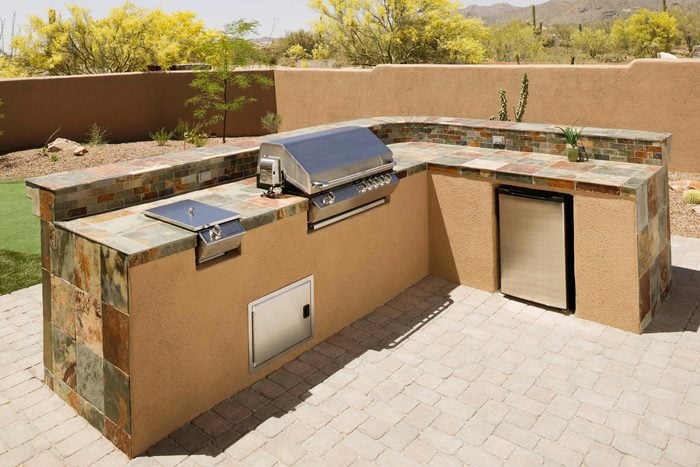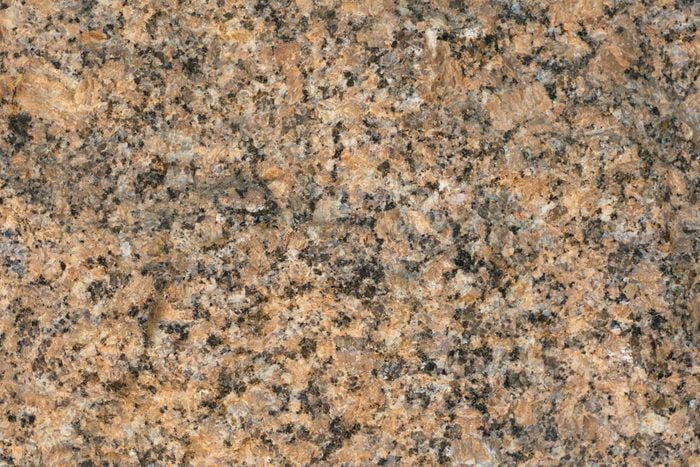
Granite
Granite is an igneous rock created from ancient volcanic activity. It can contain lots of different minerals, creating unique patterns of swirls and veins.
According to Neely, granite is “probably the most ideal for outdoor kitchen countertops,” citing its durability against stains and the elements. Granite countertops are extremely heavy and must be positioned and supported properly to avoid cracking. If you’re up for the task, you can DIY the installation. If not, leave it to the professionals.
Pros
- Can go years without resealing;
- Resists prolonged sun and moisture exposure;
- Easy to sanitize;
- Available in a range of color and pattern choices.
Cons
- Expensive;
- Can get hot in direct sunlight;
- You may regret an ultra “busy” design after a few years;
- Challenging to install.
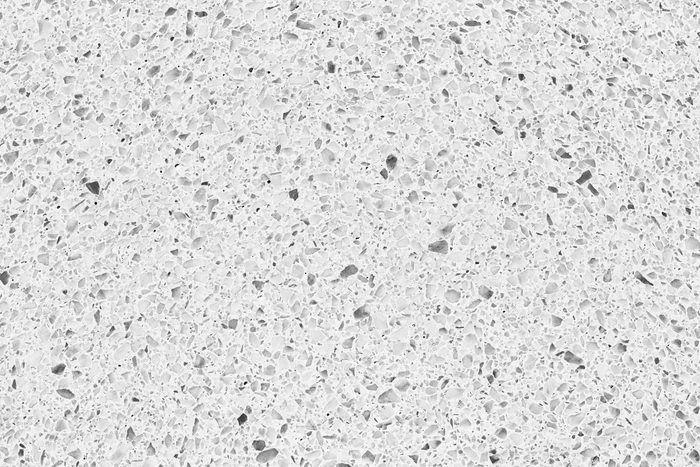
Quartz
These engineered countertops are made by grinding up quartzite stone and combining it with polymers and resins to form a slab. Pigments and metal flakes can be added to this mixture to create specific colors.
The high price tag and heavy weight of quartz make it challenging to install correctly. An inexperienced DIYer can easily damage the slab or seriously injure himself or herself attempting installation. Hiring a professional is worth the cost. Find out the overall cost of an outdoor kitchen.
Pros
- Durable;
- Variety of colors to choose from;
- Non-porous surface resists stains and bacteria;
- Elegant and modern look.
Cons
- Can yellow in direct sunlight, so should be placed under an awning;
- Vulnerable to cold weather damage;
- Expensive;
- Installation is not DIY-friendly.
P.S. Learn if you can use oven cleaner on your kitchen countertops.
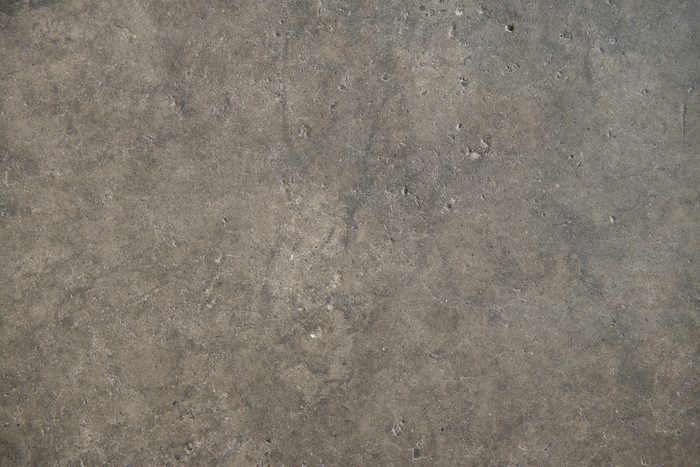
Concrete
No-frills concrete countertops are one of Neely’s favorite options, calling it “probably the third most common countertops our clients want.” If you don’t mind a few inevitable cracks, concrete could be a great choice.
If you’re comfortable working with concrete and constructing molds, you can install a concrete countertop yourself. It’s time-consuming, though, so be sure you have enough to take this on.
Pros
- Mid-range price;
- Relatively simple to repair;
- Stays cool to the touch;
- DIY installation.
Cons
- Will crack over time;
- Porous surface susceptible to stains and water spots;
- Must be sealed to serve as a food surface.
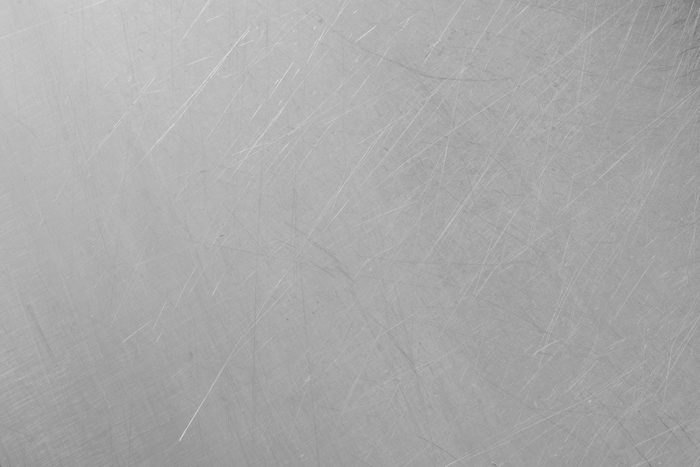
Stainless Steel
A food-safe favorite of Fountaine, stainless steel countertops are what you’d find in a professional kitchen. That makes them a practical and functional choice for serious cooks, indoors and out.
Installation is fairly simple. If you have access to a fabricator that can create the shape and size countertop you want, an experienced DIYer should be able to take it from there.
Pros
- Easy to clean and prevent bacteria growth;
- Sleek and modern look;
- Can be installed by an experienced DIYer.
Cons
- Can rust in wet climates;
- Can get hot in direct sunlight;
- Vulnerable to scratches;
- Expensive.
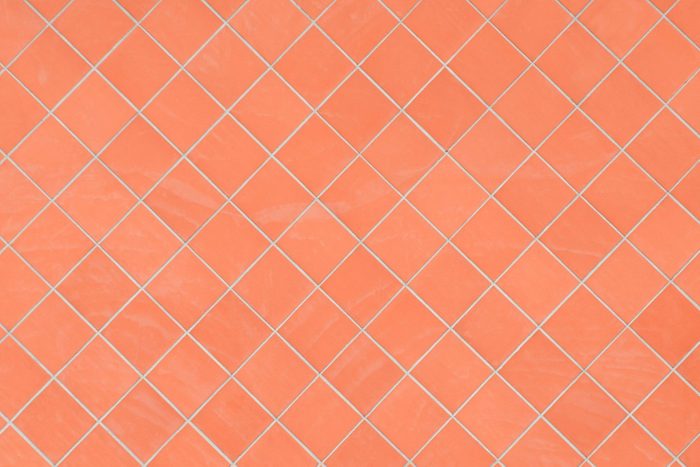
Tile
Tile countertops can be made of whatever tile shape and size you like, and arranged in a variety of patterns. If a striking visual is your priority over a functional cooking surface, tile countertops could be a cost-effective choice.
If you have the budget, porcelain and ceramic tiles provide the best protection against bacteria and stains. Installing tile is relatively straightforward and the easiest option for an adventurous DIYer.
Pros
- Most tiles are cheaper than other countertop options;
- Relatively simple installation for DIYers;
- Endless color, pattern and design choices.
Cons
- Porous grout is hard to keep clean;
- Tile and grout must be sealed to be a food surface;
- Susceptible to cracking and dislodging over time, especially in climates with freeze/thaw cycles.
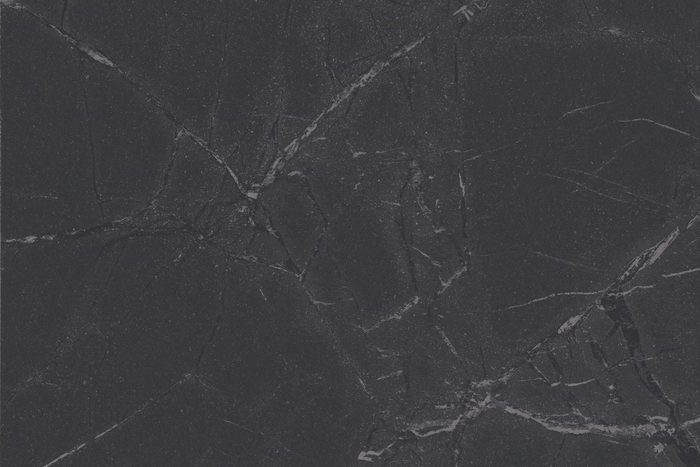
Soapstone
The incredible pressure required to create this metamorphic rock makes it extremely dense, so it resists stains and moisture without a sealant.
Soapstone has a noticeably softer consistency than other stone options though, and scratches easily. This softness makes it easier to cut and shape during installation than harder stone options, but also relatively fragile; it can snap if not supported properly while placing.
If you do decide to tackle installation yourself, make sure you know what you’re doing and have several strong friends to help out.
Pros
- Non-porous surface resists stains;
- Resists heat well;
- Doesn’t need to be sealed;
- The dark color creates a powerful, dramatic look.
Cons
- Soft consistency not ideal for those who want a pristine surface.
- Color hues are limited to what nature created.

